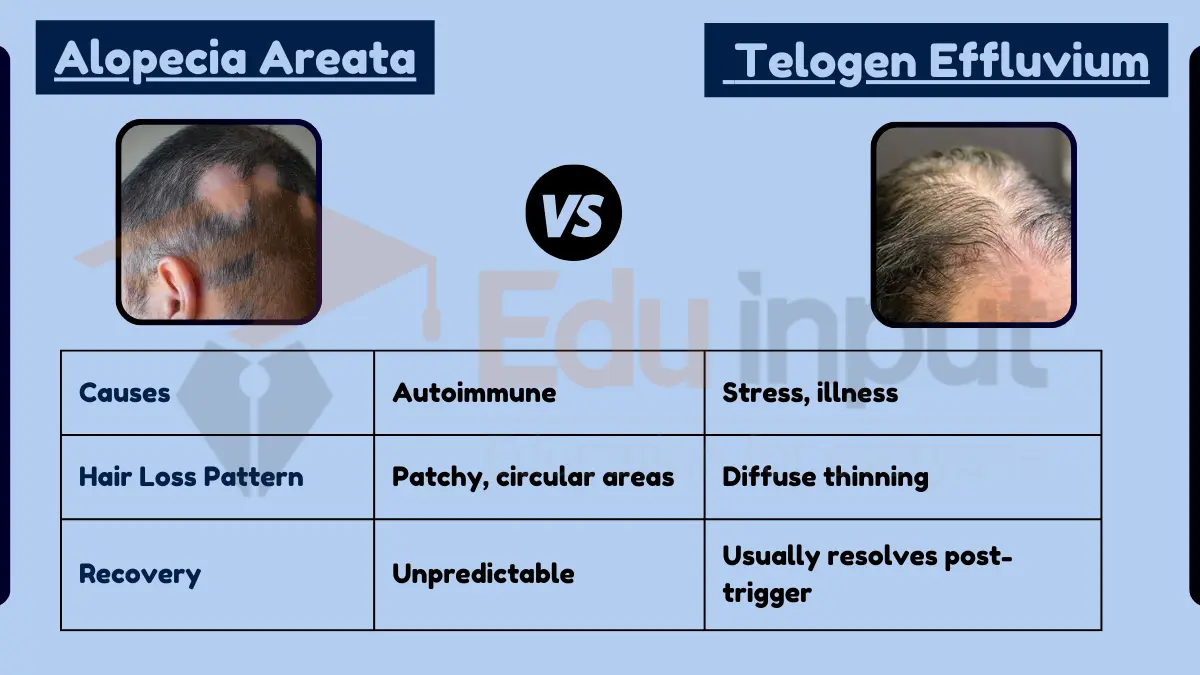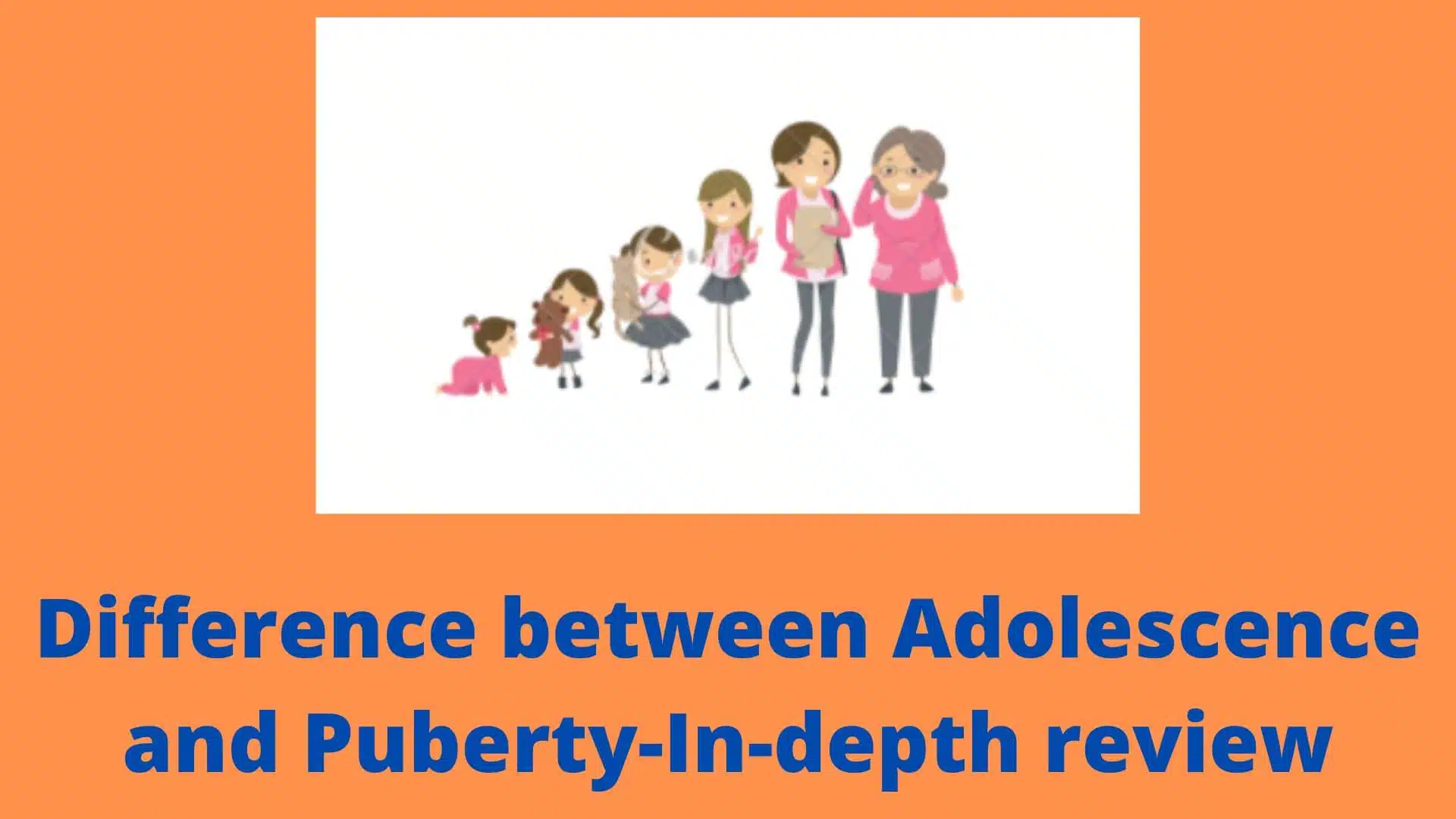Differences Between Chemosynthesis And Photosynthesis
May 28, 2023
The main difference between chemosynthesis and photosynthesis is the source of energy they utilize. Photosynthesis relies on sunlight as its energy source, whereas chemosynthesis uses chemical energy. Both processes are involved in food production by organisms.

Chemosynthesis vs. Photosynthesis
Here are the main Differences Between Chemosynthesis And Photosynthesis:
| Factors | Chemosynthesis | Photosynthesis |
|---|---|---|
| Definition | Process in which certain bacteria and archaea obtain energy from chemicals in their environment to produce organic compounds | Process by which plants, algae, and some bacteria convert sunlight into chemical energy to synthesize organic compounds |
| Energy Source | Obtained from the oxidation of inorganic compounds, such as hydrogen sulfide or methane | Obtained from sunlight |
| Light Requirement | Does not depend on light | Requires sunlight for the light-dependent reactions |
| Oxygen Production | Does not produce oxygen as a byproduct | Produces oxygen as a byproduct |
| Carbon Source | Typically uses carbon dioxide or carbon monoxide as the carbon source | Uses carbon dioxide as the primary carbon source |
| Ecosystem Role | Supports unique ecosystems in environments where sunlight is limited or absent, such as deep-sea hydrothermal vents | Essential for the survival of most life on Earth, providing oxygen and serving as the primary source of energy |
| Examples | Bacteria in deep-sea hydrothermal vents that convert chemicals into energy | Plants performing photosynthesis in terrestrial and aquatic ecosystems |
| Ecosystem Support | Supports specific ecosystems, such as deep-sea ecosystems where sunlight is limited | Supports diverse ecosystems, including forests, grasslands, and aquatic habitats |
| Commonality | Less common compared to photosynthesis | Widespread and dominant in most ecosystems |
| Environment | Generally occurs in anaerobic environments | Generally occurs in aerobic environments |
File Under:





Leave a Reply